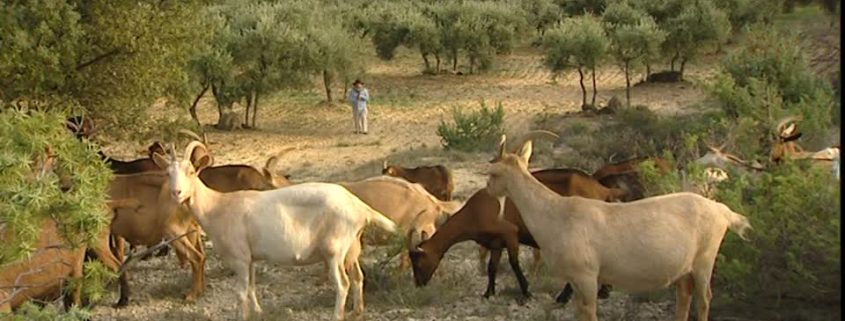He was already known in Roman times.
An anecdote reports that the Roman emperor Antoninus Pius died of indigestion for having eaten too much.
He was also popular on tables in the Middle Ages and, in the nineteenth century, the writers Jules Verne and Frederic Mistral loved his taste. This goat cheese is born from the need for families in Haute-Provence to consume protein in winter. To do this, the shepherds folded their books in chestnut leaves. This practice kept the cheese soft and perfectly consumable in the winter, a drying period for goat’s milk. In addition, to obtain a soft and mellow cheese in a dry and hot climate, only the technique of soft curd (cheese with rapid coagulation or curd rennet), specific to the banon, was possible.
While the sheep is used for meat, the goat, in its quality of “cow of the poor” is there to produce milk. This milk will be used for home-made food fresh but also processed into cheese, the only way to extend its nutritional value over time. If the cheese is for domestic use, its commercial value comes from the mismatch between production and family consumption. The surplus production will take the path of local markets to be sold. It is here that Banon, capital of the canton and geographical center of the Lure and Albion countries, a crossroads of important communication routes, was considered as the most important of these places of fairs or cheese markets. appellation …
Recipe ideas: Place a Banon cheese in the bottom of a jar, put on a bay leaf, a little savory, thyme, pepper, pink berries and fennel seeds. Gently pour olive oil to the brim. Put in the fridge for 15 days before eating.
DID YOU KNOW ? For this recipe, you should only use dried herbs. Indeed, fresh herbs are not recommended for long-term marinades, as they can cause botulism, a rare but serious disease.



